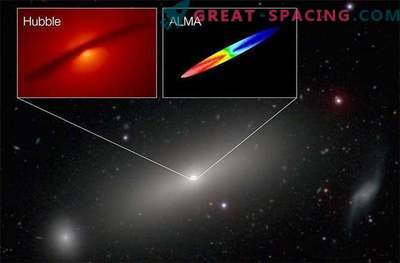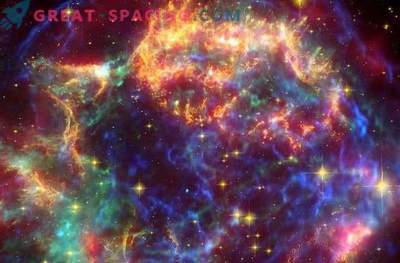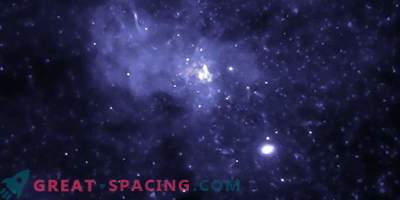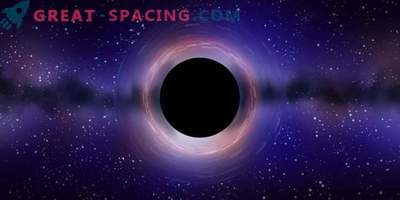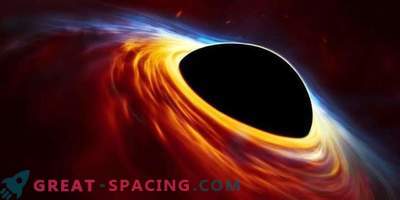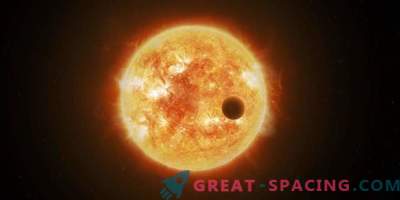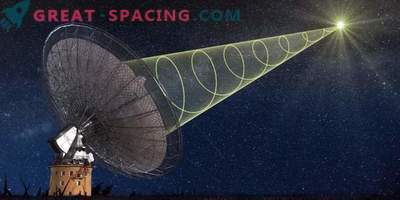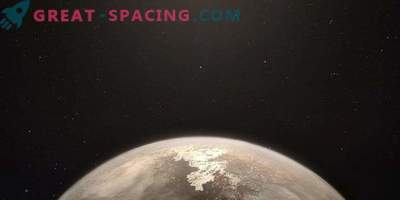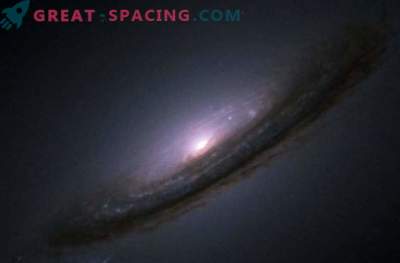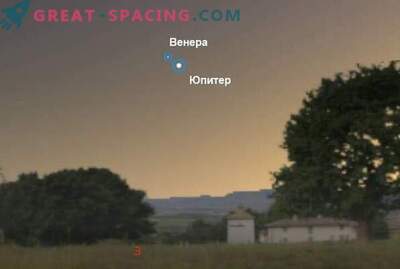
Astronomers have discovered a supermassive black hole that is 12 billion times more massive than the Sun, formed at a time when the universe was less than 900 million years old.
Such giants, as a rule, were formed in the younger Universe, which implies a greater supply of material. Black holes are areas of space with such a dense substance that even the photons of light cannot escape their gravitational vice. They absorb nearby stars and dust, creating a space zoo from various phenomena, such as gas jets and rapidly rotating accretion disks.
“Before this discovery, the most massive black hole that formed during 1 billion years after the Big Bang was a black hole with a mass of 5 billion solar masses, that is, less than half than the newly discovered one,” said Bram Venemans, a researcher from Max Planck Institute in Germany.
The discovery, published in Nature this week, presents a serious challenge to the theory of how black holes were formed in the early Universe. Previously, scientists assumed that young black holes originated from stars, having a mass of 100,000 times the mass of the Sun, and gradually grew as they absorbed interstellar matter or merged with other black holes.
But no explanation is consistent with modern theories.
“A very interesting aspect of this work is that the results hint to us that supermassive black holes and their parent galaxies did not develop in parallel in the early Universe,” said astronomer Akos Bogdan, from the Harvard-Smithsonian Astrophysics Center in Cambridge, Massachusetts.
"It is unlikely that the black hole parent galaxy will be as big. This suggests that the black hole grew faster than the galaxy, casting doubt on the joint evolution of galaxies and their central black holes," Venemans added.
The newly discovered black hole is in a very bright quasar, which already existed when the universe was about 857 million years old.


